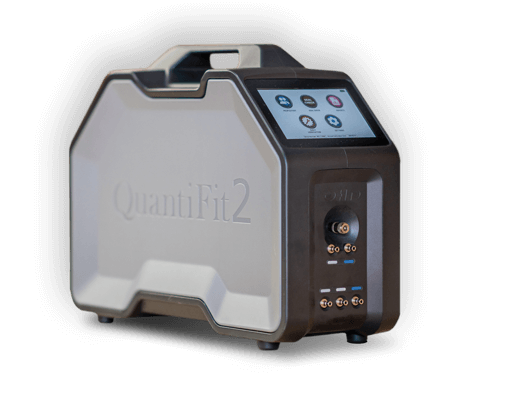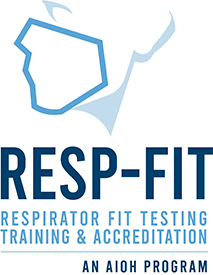CO2 Sensors
An advanced indoor air quality monitor with internal sensors to monitor CO2, indoor temperature and humidity.
ERS CO2 Lite Carbon Dioxide Sensor

The Elsys ERS CO2 Lite is a sensor designed for measuring indoor air quality parameters including carbon dioxide (CO2), temperature and humidity. It is designed to be wall-mounted and comes enclosed in a minimalistic and discreet room sensor box. LoraWAN Certified™, the wireless ERS CO2 Lite sensor is battery operated and can be used anywhere where the monitoring of the indoor environment and air quality are essential including workplaces, schools, hospitals, aged care facilities, and more.
OHD QuantiCheck Respirator Seal Check

The QuantiCheck is the first quantitative respirator user seal check device. The system not only checks for face seal but the whole mask for breaches and integrity issues that could cause leakage. The QuantiCheck has been designed to be able to quickly and easily perform a qualitative seal check each time a respirator is donned. The revolutionary technology features an app which easily shows a visible green light to indicate that the user has an adequate seal or a red light to indicate a seal beach.
Air-Met Scientific is an exclusive distributor for the OHD Fit Testing Range.
Respirator Fit Testing Guidelines
The aim of Respiratory Fit Testing Guidelines is to provide basic information and general guidance on the selection, use and maintenance of respiratory protection in the workplace.
Who are These Guidelines for?
These guidelines are for employers, employees and those responsible forhealth and safety in the workplace, in small to medium sized businesses in particular.
Fit Testing Procedures Benefits of Becoming an Accredited Fit Tester CASE STUDY - QuantiFit 2 Fit Tester Detects Leak in Respirators Passed by CNC Technology
The RESP-FIT Program

RESP - FIT is a national, standardised fit testing training and accreditation program developed to improve the competency of fit testers against both the Australian and international ISO respirators standards for fit testing. It is developed by AIOH (Australian Institute of Occupational Hygienists) to improve worker protection of those wearing tight-fitting RPE
The RESP-FIT program works on a NFP basis to provide an accreditation process for fit testers to demonstrate competence, create a standardised training syllabus based on AS/ANZ 1715 and ISO 16975-3 to improve fit tester knowledge, and provide a directory of accredited respirator fit testers and trainers.
Air-Met Scientific is a proud supporter of RESP-FIT and we offer a range of fit-testers for sale or hire that utilises a methodology as covered by the RESP-FIT Training and Accreditation Program.
Need Assistance with Selecting a Fit Tester?
If you have any questions on our Respirator Fit Testing Equipment or would like to book a demo, contact your local Air-Met office. The QuantiFit2 is available at your local Air-Met Office for Sale and Rental.
